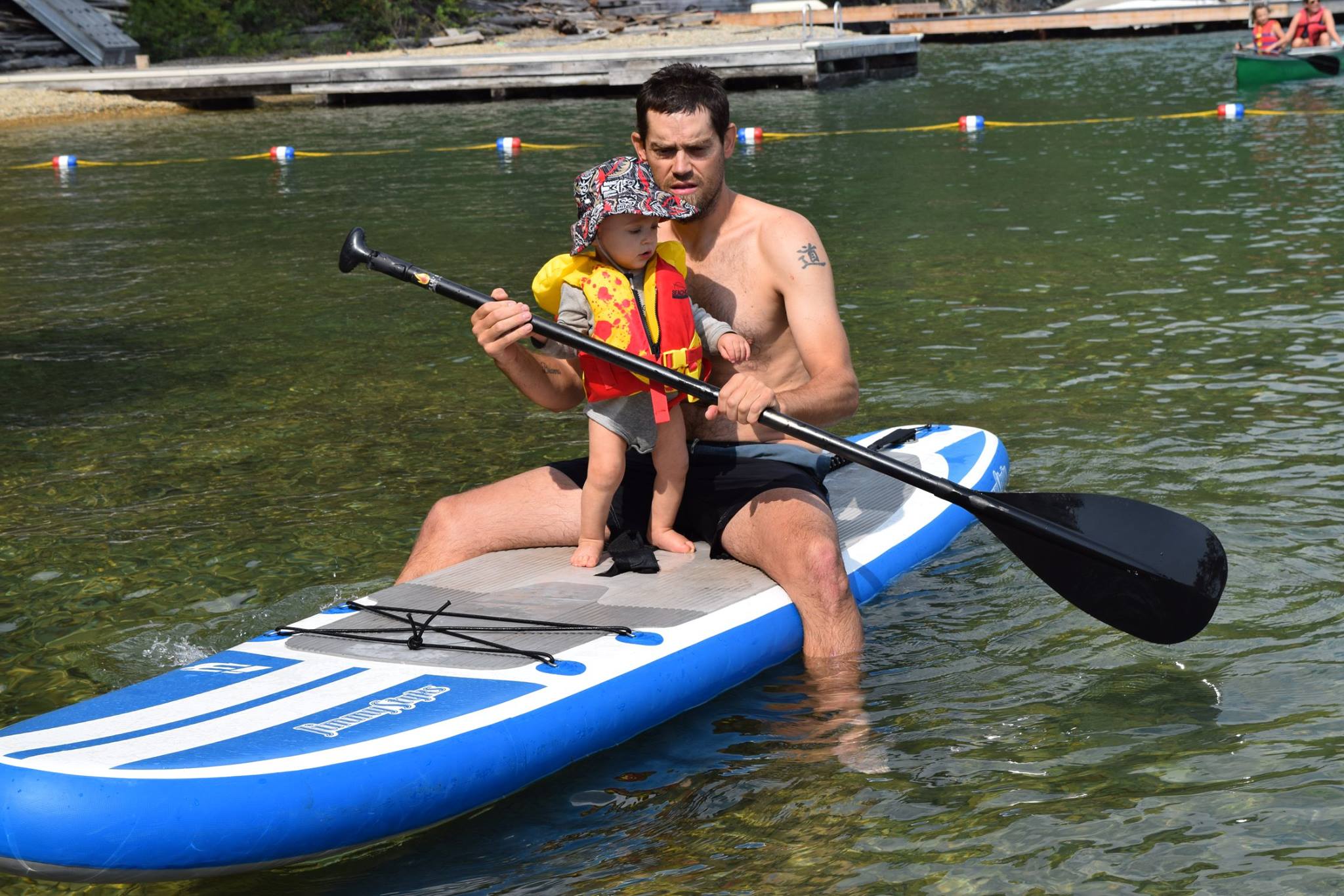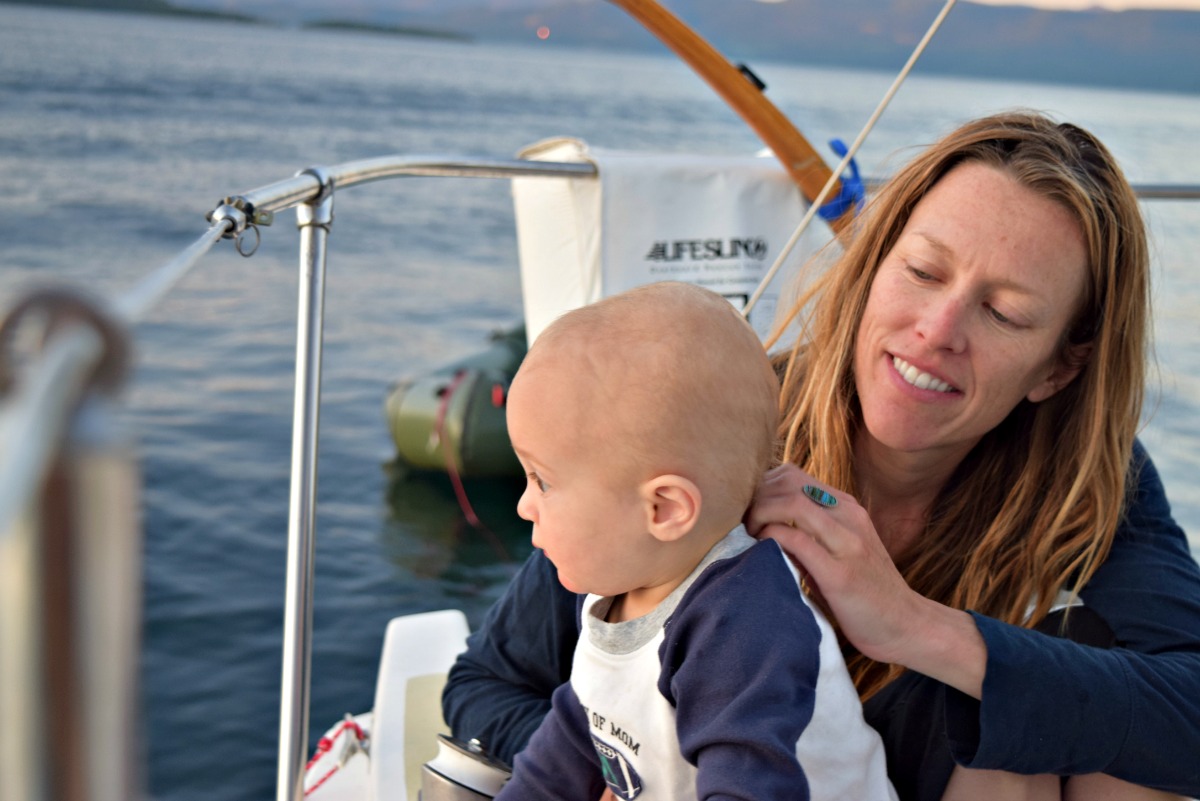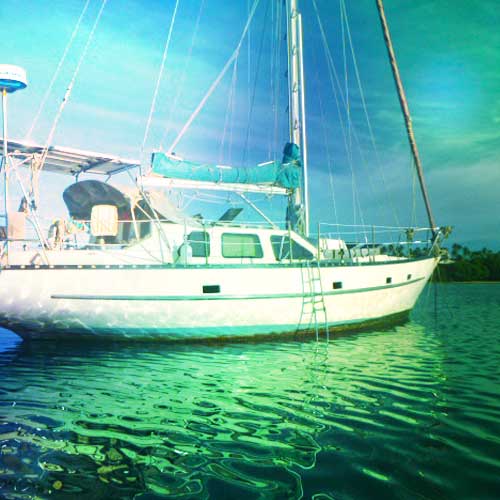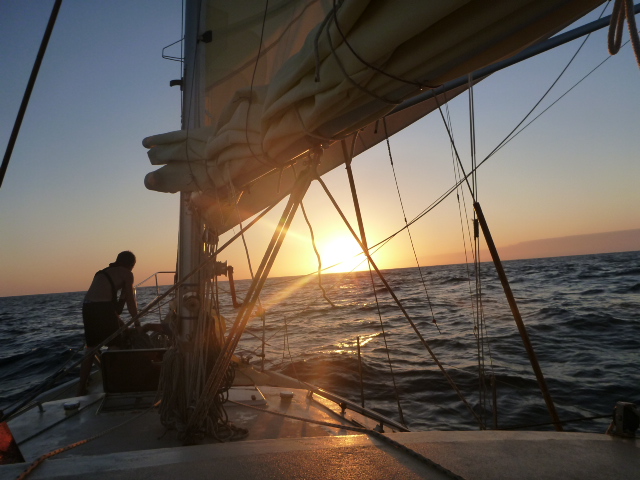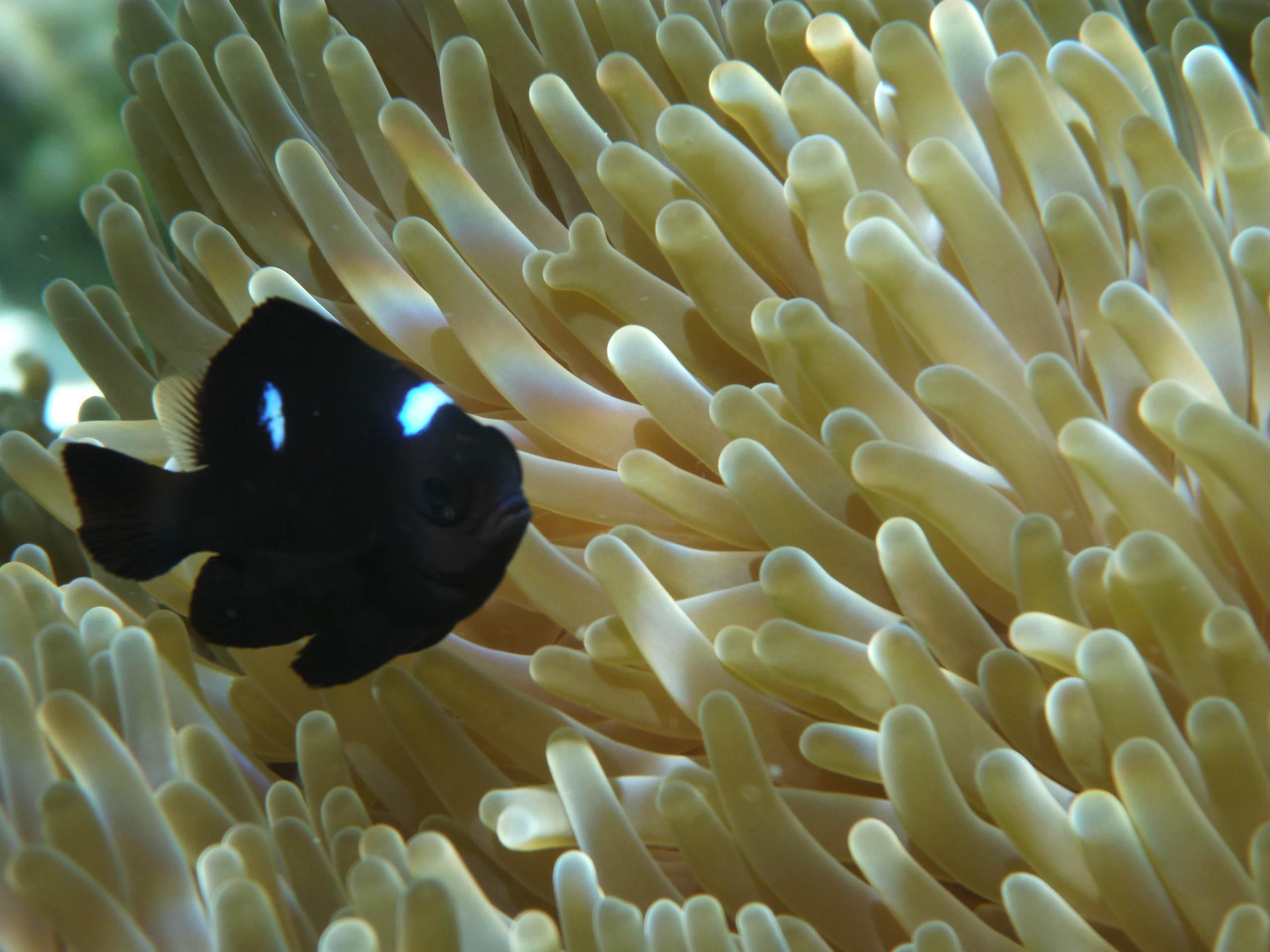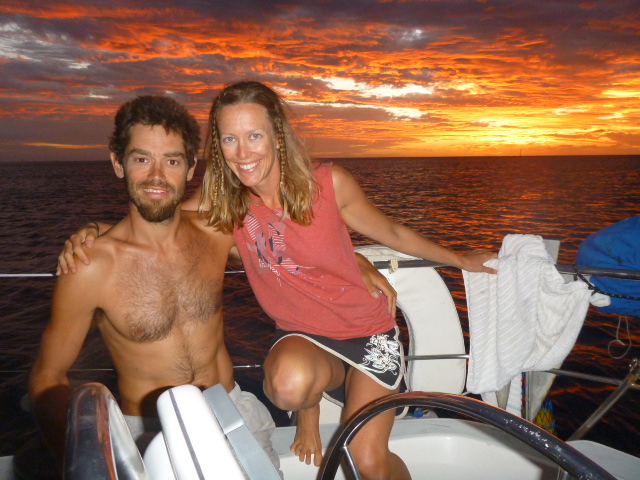When Postpartum Depression Stole My Husband
 This month I shared our story in The Washington Post. Although I don’t go into the backstory of Rob’s illness (our year footloose and fancy-free, hitchhiking on sailboats in the tropics!), our experience sailing the Pacific is forever juxtaposed against the following year, spent in a sea of mental anguish. My memoir details both years, and I hope to find a publisher for it soon.
This month I shared our story in The Washington Post. Although I don’t go into the backstory of Rob’s illness (our year footloose and fancy-free, hitchhiking on sailboats in the tropics!), our experience sailing the Pacific is forever juxtaposed against the following year, spent in a sea of mental anguish. My memoir details both years, and I hope to find a publisher for it soon.
Meanwhile, I hope you’ll read the short version of our story here, and share it with other families who might be suffering from parental mental illness in silence.
In lighter-hearted news, I’ve started a new blog called Adventure Families. If you’d like to continue reading my stories about exploring outside with kids, sign up here to receive posts in your inbox. This blog will be dormant for a while as I focus on the new one 🙂

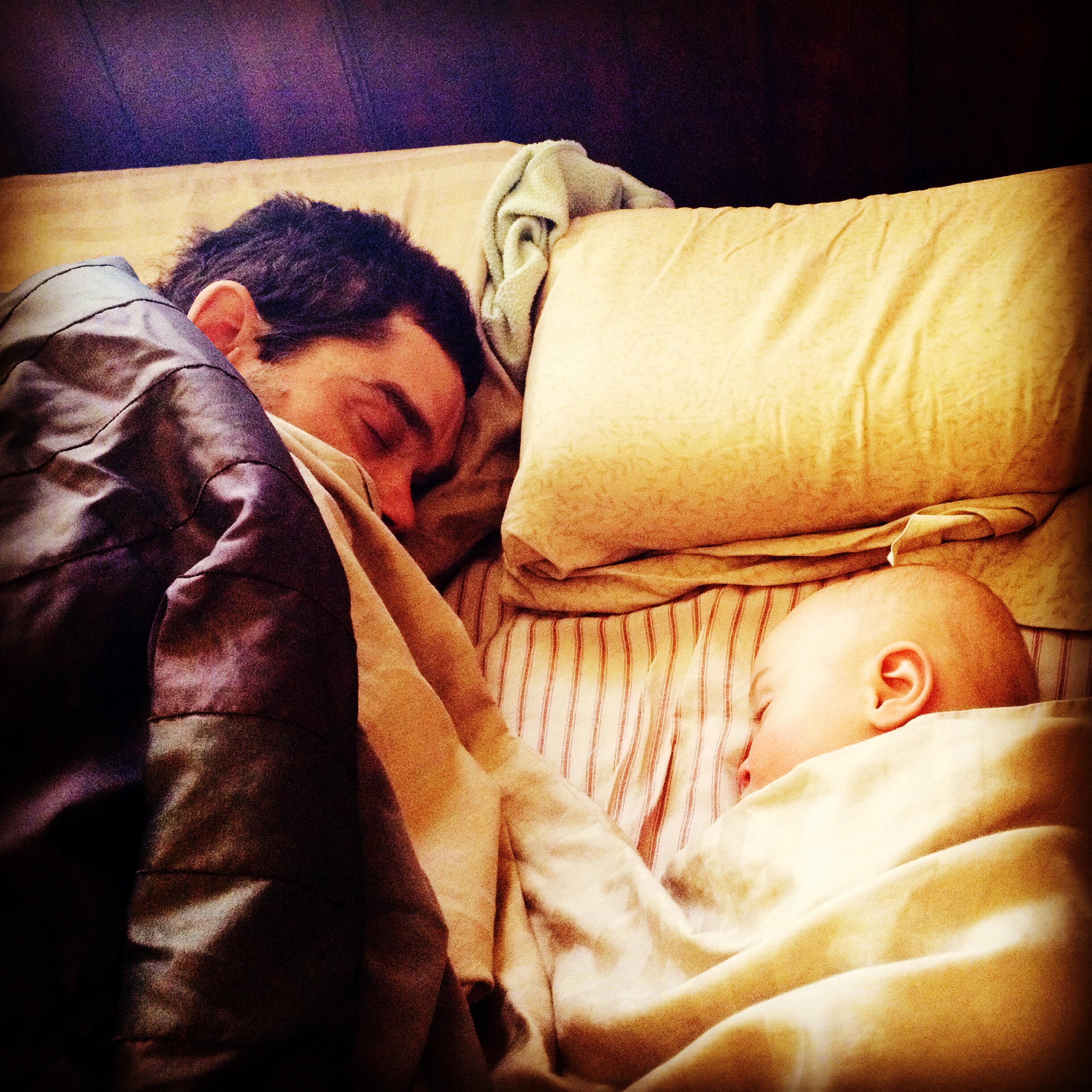

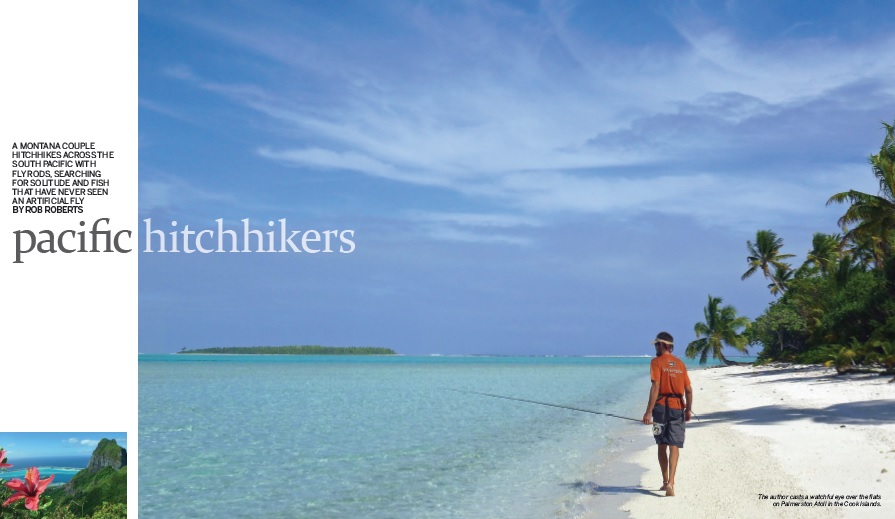


 Read the rest of the story as a PDF.
Read the rest of the story as a PDF.